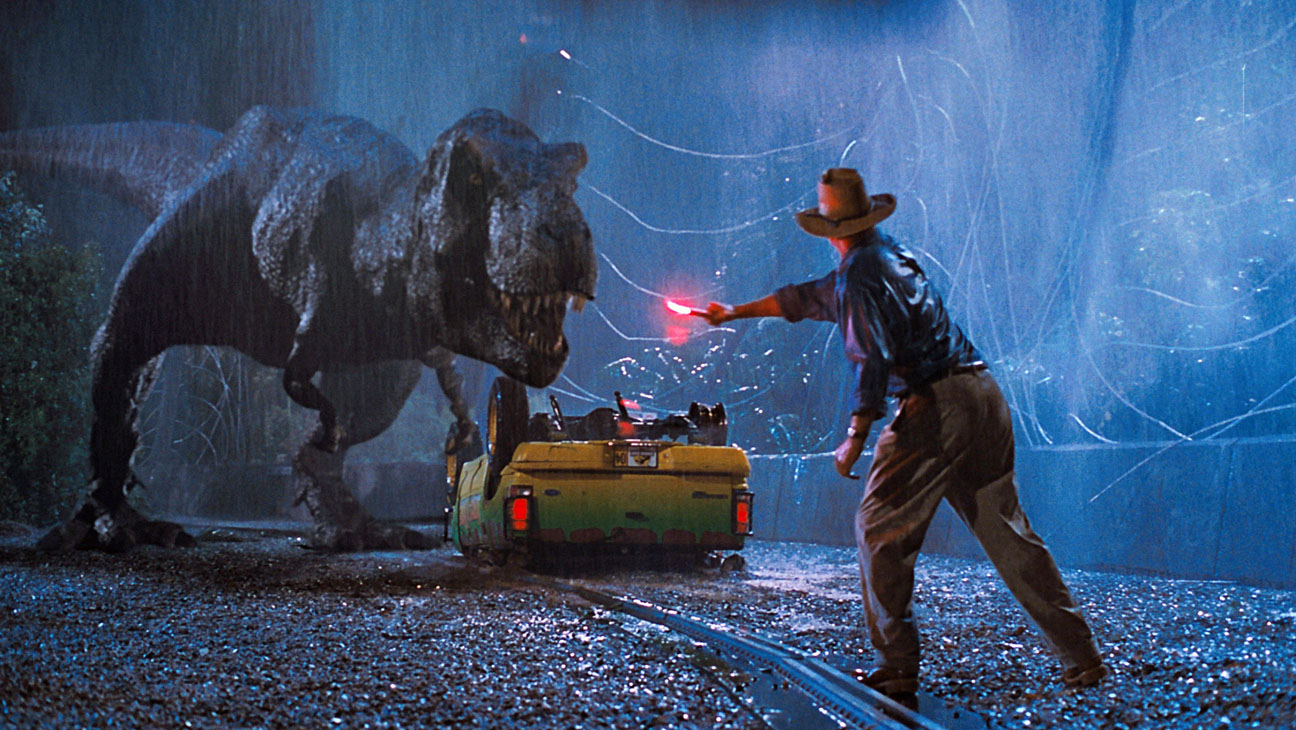An attempt to reverse the law of nature
By Chitwan Khosla, Features Editor
Scientifically, de-extinction is the process of reviving or bringing back an extinct species and then breeding the population. In the case of a living organism, extinction means “died-out” and de-extinction is the reversal of this process.
Resurrecting extinct species for their conservation and revival has generated much controversy. On the flip-side, many research groups backed by the scientists and experts are working hard, not only to conserve the endangered species (species on the verge of extinction) but also to reverse the process of extinction, and it may turn out to be a reality in the near future. In all probability, we might some day see mammoths, quaggas, aurochs, Pyrenean ibexes, passenger pigeons, or dodos walking among us.
There are many methods that have been proposed and developed for this phenomenon such as cloning, artificial insemination, genetic engineering, selective breeding, back-breeding, cross-species breeding, and much more.
Out of these, cloning is the most popular and extensively used technique in resurrection biology. The term applies equally to extinct animals, birds, plants, and even ecosystems, but most of the efforts seem to be directed towards the animals than the plants. Unfortunately, it won’t be possible for them to bring back the dinosaurs because their DNA has neither been retraced from fossils nor stored naturally in any form.
Through cloning, the extinct species can be brought back to life by using DNA samples. An attempt to clone the Pyrenean ibex was made in 2003, and then again in 2009. After the death in 2003 (the last surviving female Pyrenean ibex), the species became extinct, but its tissue samples were preserved in 1990.
To resurrect the Pyrenean ibex a team of scientists tried to clone “Celia” by transferring her DNA into e-nucleated eggs of goats and then implanting the embryos in a surrogate mother. On successful completion of pregnancy, a baby Pyrenean ibex was birthed and found to be genetically the same as the extinct species. The clone was born alive, but due to respiratory complications could survive only for seven minutes.
Similarly, attempts are in the initial stages to revive mammoths using elephants as surrogate mothers.
So far the experiments to revive the extinct species have not been fully successful, and scientists have achieved only partial success in identifying the correct procedures. Still, the methods are being effectively used to save the lives of endangered species. Endangered species like gaur have been successfully cloned, and these clones can be bred to boost the population.
Gene technology is another method being for conservation of endangered species. American chestnut trees with increased resistance against fungus (Cryphonectria parasitica) have already been successfully reproduced and preserved successfully using this technology.
The Long Now Foundation together with National Geographic Society has formed a new organization, Revive and Restore, which is supported by a team of scientists and experts to popularize the idea of de-extinction worldwide. Revive and Restore is working hard to bring back the passenger pigeon using its DNA collected from museum specimens. The success of this project might pave the way for the revival of extinct species with DNA specimens and fossils as old as 200,000 years.
For de-extinction to gain a firm ground, bio-physical conditions where the species can live and reproduce, including the environmental changes, must be taken into account. Any change in the bio-physical conditions may begin a new phase of hybrids.
The idea of resurrection of extinct species may sound very interesting but there is great resistance to the technological advances leading to de-extinction. Opposing the idea, Paul R. Ehrlich, an American biologist and educator, came with the most critical opinion. Ehrlich states that “Even if reviving extinct species is practical, it’s an awful idea. It would take resources away from saving endangered species and their habitats and would divert us from the critical work needed to protect the planet.”
Other critiques have expressed similar doubts, stating that the project for de-extinction is a waste of financial resources; unlikely to succeed; against morals and ethics; and that biologically revived species, even if genetically the same, would differ considerably from their predecessors because of changed conditions in which they would be born and have to live.
De-extinction also involves sensitive moral and ethical issues. Ethically, critics opine that revived creatures will be no more than objects or tools, and that these pursuits are simply humanity’s effort to reduce life to an object.
Thousands of species and their habitats have been lost due to the missions and omissions of humanity, and resurrecting a few species will not compensate that loss. One may reserve one’s opinion for or against de-extinction but there is no denying the fact that cloning of extinct human species will certainly be a matter of indelible interest. Let the world wait and watch.


